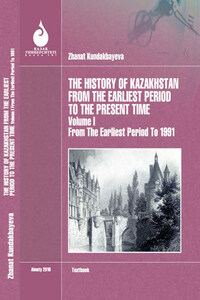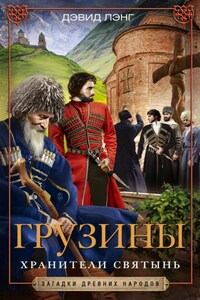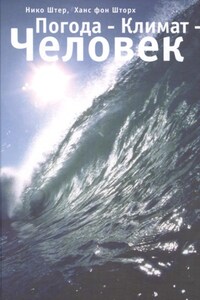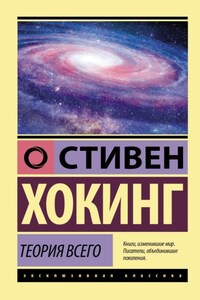This textbook is intended to be a generally understandable and clearly organized outline of historical processes which took place on the present day territory of Kazakhstan since pre-historic time. It consists of two parts. In the first part in chronological sequence is told about historical processes since ancient times till getting independence in 1991. In the second part main attention would be given to the contemporary history of Kazakhstan.
The existing works on Kazakhstan’s history usually stress the evolution of the statehood on the territory of Kazakhstan. A number of important general histories emphasize that Kazakh people have a millennia-long history. Although some other works do not contain a harsh critique of the Soviet regime nonetheless leaving aside certain positive outcomes such as industrialization, educational progress and national delimitation. Most of already published books offer idea of Kazakh people struggle for their independence for centuries. At the same time in works of Western and Russian authors is advanced the idea that ancient population of the Kazakhstan might have either no very little connection with the modern Kazakh ethnic group. Another principal distinction of the textbook is that it avoids getting the evidences and points, giving comprehensive explanation. On the contrary, it makes students to ask and and to answer the questions themselves. Control questions required students to interpret, to imagine and to rationalize the possible answers because the answers could not be found in the textbook.
In the basis of the textbook underlines the idea that the historical past of Kazakhstan was a complex mix of continuity and change. On the basis of the outside forces that caused dramatic changes have been distinguished patterns of the past. The first pattern is the genesis of nomadism. In early Iron Age the entire population of the Eurasian steppes passed to the nomadic mode of reproduction as a main occupation. It was caused by climatic change in Early Iron epoch. At the same time nomadism defined basic elements of the Kazakh ethnic culture – a way of thinking about the world around oneself, about circles of life, which have reached right up to the present day.
The second pattern is Turkic epoch. The rise and decline of Turkic empires in Eurasian steppes influenced on changing the anthropological appearance of the Eurasian steppes inhabitants, defined the map of settling tribes, and also the linguistic map of the region. In that epoch did formed basic elements of the Turks ’spiritual culture – the Turkic form of Tengrism and the ancestors’ cult exist up till now. The next large change happened in the Mongol epoch. The Mongol conquest caused large migrations of the population, what in the end hastened ethnic consolidation processes, and forming ethno political structures on the territory of Kazakhstan completed with establishing the first Kazakh state- the Kazakh Khanate. The fourth pattern can be distinguished with coming the Russian Empire. That was the period when were transformed traditional institutions of power, social structure, began modernization. The largest changes took place in the Soviet epoch when was forcibly broken nomadism, the populations centuries-old way of life, was inculcated the Marxist- Leninist ideology which transformed the people’s consciousness. At the same time the Soviet epoch became the time of the rapid modernization, gathering Kazakh land within the framework of the Soviet Republic, legal consolidation of the territory, what subsequently became the base of the modern territory of the Republic of Kazakhstan.
In the textbook is considered the following circle of problems:
Genesis of nomadism in the Eurasian steppes.
Main traits of the Turk epoch which subsequently became basic components of the Kazakh’s culture up till now.
Ethnic processes on the territory of Kazakhstan which completed with the formation of the Kazk.
Configuration of the political infrastructure on the territory of Kazakhstan before its destruction by Russian Empire.
Historiographical views from the XIX century till today of the Russian Empire’s policy toward Kazkahstan.
P;uralistic view on the Soviet epoch and to the characteristics of the Soviet State.
The aim of the textbook is to develop of historical thinking skills while leaning historical content:
The ability to identify, compare and evaluate multiple perspectives on a given historical event in order to draw conclusions about that event.
The ability to connect historical events and processes to specific circumstances of time and place as well as broader regional, national or global processes.
The ability to recognize, analyze and evaluate the dynamics of historical continuity and change over periods of time of varying length as well as the ability to relate these patterns to larger historical processes.
The ability to identify, analyze and evaluate the relationships among historical causes and effects, distinguishing between those that are long term and proximate.








